4.1.2 Process Versus Result
I have been often asked how my painting is created because the people only see the end result and not the process that led to it. I started drawing portraits when I looked in the book of Aragon and I saw a portrait from Matisse very easily drawn in black ink. Only the outline of the face, the eyes and nose were visible. The face looked very easy to make and still it had an expression, it had clarity, I started to draw it. I had to draw it several times and each time I drew it, I saw something new in the picture. Sometimes I focused on the eyes then focussed on the mouth and gave myself the time to learn the form of it. Then on the nose, the glasses and the cigar. Each time I drew the whole drawing again so that I could exercise the different forms and after drawing the face 5 times I was very happy with the result because I thought painting a portrait was difficult but now I had found a way to do it.
Drawing 1
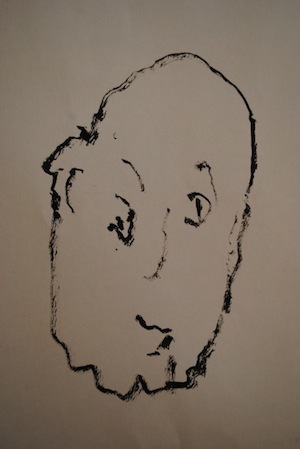
I didn’t think that the eyes needed to be that close to each other, this drawing is created with a pentel pocket brush with black pigment ink. It forces you to draw quickly otherwise the ink becomes to thick. It is also important that when I use this brush I support my hand, arm, elbow on the paper in order to make the drawing easier and more relaxed for my body.
Drawing 2
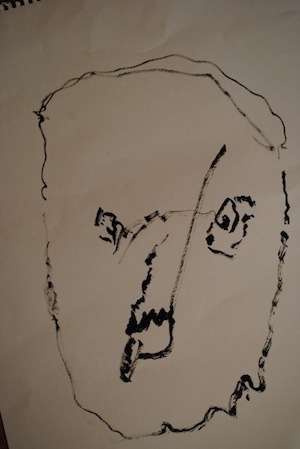
I found out that drawing forms in one line for example.. a circle makes it much easier for me then to draw forms when I am concentrating. It’s much easier for me to draw faster and makes my drawing much clearer. I also found this out with the Alexander Technique which came back when drawing Matisse. Don’t be critical at yourself because a drawing has time, you can always go back to it.
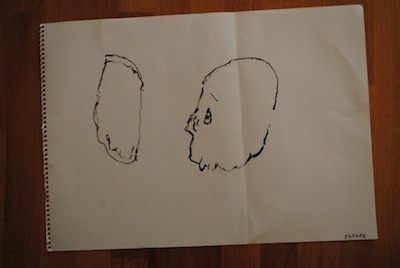
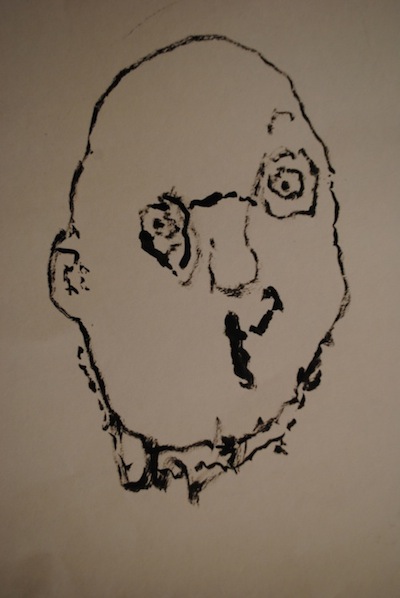
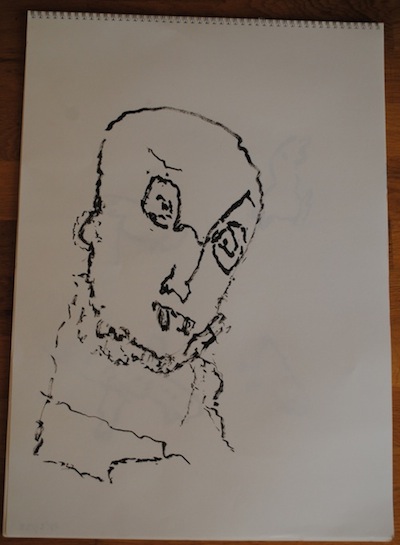
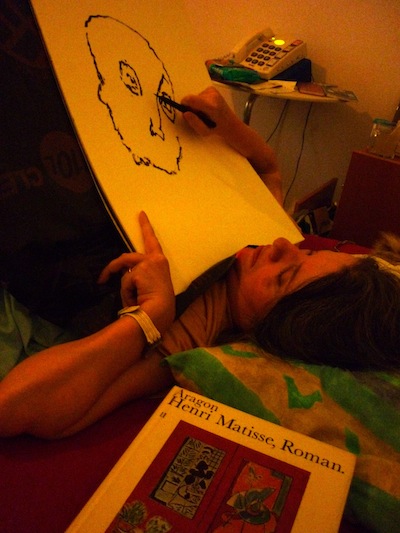
The Use of Assistants While Drawing
In order to be able to draw my assistant placed my drawing board on to my bed, she gave me the pen, the rest I could do myself. While I was drawing, my assistant took pictures of the different stages of my drawings like Lydia Delectorskaya did with the drawings of Matisse, which is demonstrated in the book, «With Apparent Ease.» She was also taking pictures of me while I was drawing and on top of that she was drawing the face of Matisse herself in order to feel how the face was made. I find the method of Lydia Delectorskaya a very good method to document a process. It also shows the different roles an assistant can have during such a process, not only as a helper but as an observer as well.
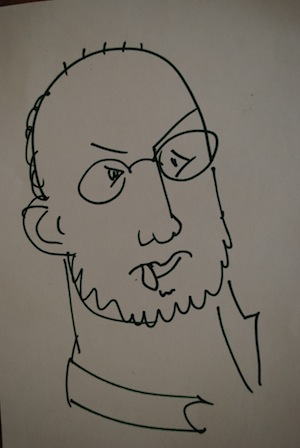
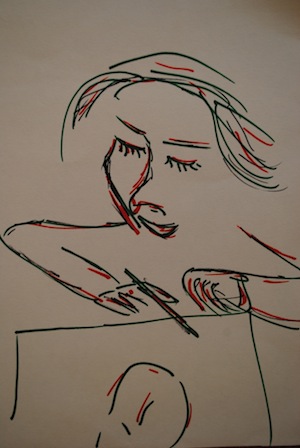
Two drawings by assistant Christine King





